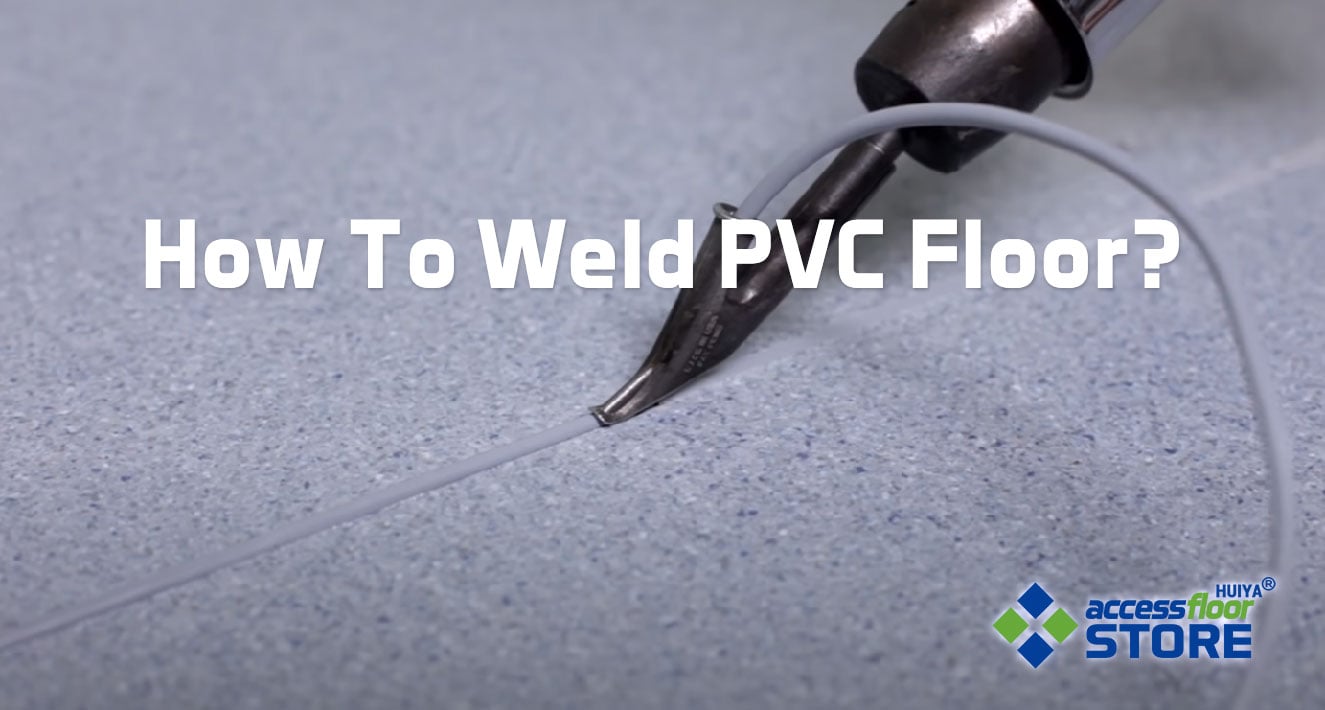When vinyl and linoleum are installed over a wood subfloor which is the case in most homes the most time consuming aspect is removing the adhesive.
Removing vinyl flooring heat or cold.
Holding the heat gun too close to flammable materials can ignite a fire.
The process for removing both materials is about the same so follow the steps below to learn how to remove vinyl or linoleum the diy way.
Start removing vinyl flooring right here using a utility knife to cut the material into 12 inch strips.
Where you encounter resistance from the glue use a scraper tool.
It s a wonderful waterproof material that s resistant to impact staining scratching and wear.
Use the flat end of the pry bar to chip away at the glue underneath the vinyl.
Be very careful about keeping the heat gun far enough away from the work materials and be sure to wear gloves.
One common alternative to removing old linoleum or vinyl floors is to put a new one right over it.
Once you ve removed as much as you can with the prybar use the 5 in 1 tool or any floor scraper tool to scrape off the.
Carpets are excellent insulators and act as a shield to prevent heat or cold from radiating through the floor also it offers a bit of.
Because the composition of the vinyl itself is affected there s no way that it can be fixed as is it must be replaced.
Pull up each one gently.
A heat gun is invaluable when removing vinyl flooring but it can be very dangerous.
If the existing floor is still smooth or can be smoothed with a few patches of fixall then the new floor can be laid directly on top of the old vinyl or linoleum floor.
Stop the floor between a quarter inch and a half inch shy of the wall to allow for this natural expansion.
If the floor is installed flush with the wall there is no room for growth in the hot months and the loose lay floor can easily buckle.
Carpet a great barrier to prevent cold as we all know carpet flooring is obviously one of the warmest flooring types as it provides a natural cushioning lot of warmth and cosiness to your rooms.
Vinyl since it s a nonorganic material isn t subject to the same level of temperature related expansion and contraction like hardwood.
When the flooring is exposed to high temperatures it can melt or discolor permanently.
In a patterned vinyl floor it can also distort the pattern because the heat penetrates the multiple layers of the vinyl product.
Vinyl flooring naturally expands and contracts in the heat and cold.




























